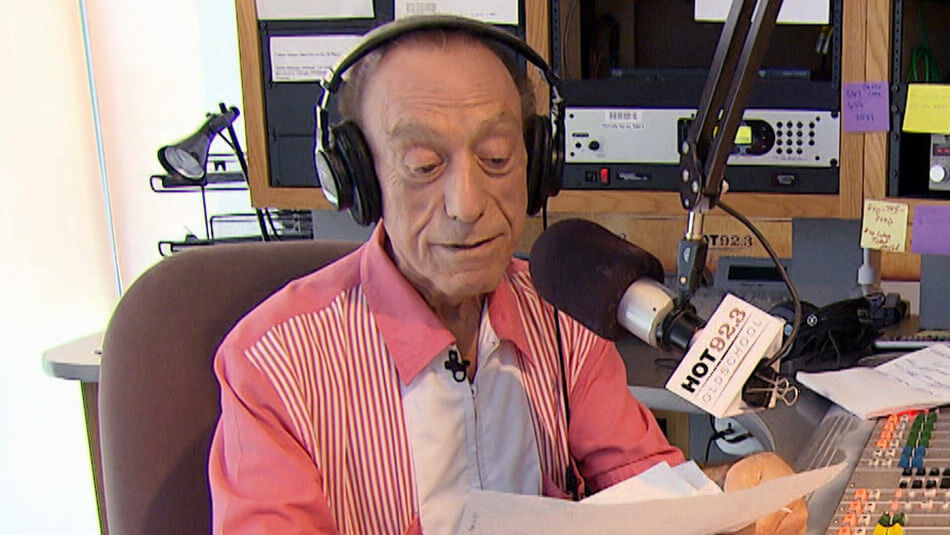The Amazing Career of 92 Year Old Los Angeles Radio Legend Art Laboe
Patt Morrison of the L.A. Times talks to Radio Legend Art Laboe about his radio career that dates back to the 1940's. Laboe continues to broadcast his Sunday night show, The Art Laboe Connection on Urban/Classic Hip Hop formatted station KDAY. After KHHT (Hot 92.3) changed format to Hip Hop as Real 92.3 in 2015, KDAY soon picked him up after the outcry over his show's cancellation on Hot 92.3. Art Laboe’s been credited as the first on-air personality to play Rock n’ Roll on the West Coast. He's been on the air for 75 years. Below is part of the transcript from the podcast.
Read the entire story at the LA Times.
Listen HERE to the entire podcast of the Guinness Book of World Records Breaking Dee-Jay.
If you’re reaching for a comparison, you could call him the Vin Scully of radio deejays. Because Art Laboe has been playin’ the oldies since back when they — and he — weren’t even old. He was 18, and in the Navy, when he took the microphone at a San Francisco radio station almost 75 years ago. His shows helped to put early rock ’n’ roll on the nation’s playlists. His Latino listeners lionize him; he just rolled through East L.A. as “legendary marshal” of its Christmas parade.
That a 92-year-old guy still airs listeners’ dedications and plays their songs six nights a week across California and part of the West is a testament to knowing how to ride the roller coaster of radio wavelengths and radio trends, from the days when music came out of radios as big as air conditioners, to now, when the Top 40 — heck, the Top 40,000 — can play from your pocket.
How did you get hooked on radio?
I dreamed of being on a network, to be able to come on the air and say, “This is CBS, the Columbia Broadcasting System.” That dream actually came true about 1948, when I was with KOLO in Reno.
And when did you discover rock and roll?
I guess that would have to be about 1949, maybe. But rock and roll, what we know as rock and roll, really didn’t happen until the ’50s. It was rhythm and blues before that — R&B became rock and roll. The audience that I gathered quickly in the ’50s when the war was over and I came back to Los Angeles — it was a whole new thing.
Elvis was the big rush at that point, and I wanted to be in on it. I came up with this idea for a program called “Drive-In Restaurant,” which there were a lot of in California at that point.










